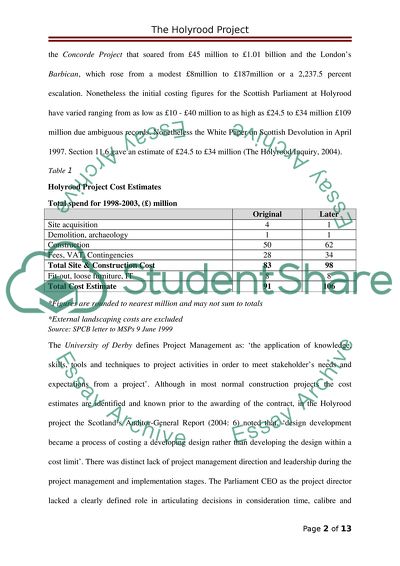Cite this document
(The Holyrood Building Project Research Proposal, n.d.)
The Holyrood Building Project Research Proposal. Retrieved from https://studentshare.org/engineering-and-construction/1730344-project-management
The Holyrood Building Project Research Proposal. Retrieved from https://studentshare.org/engineering-and-construction/1730344-project-management
(The Holyrood Building Project Research Proposal)
The Holyrood Building Project Research Proposal. https://studentshare.org/engineering-and-construction/1730344-project-management.
The Holyrood Building Project Research Proposal. https://studentshare.org/engineering-and-construction/1730344-project-management.
“The Holyrood Building Project Research Proposal”, n.d. https://studentshare.org/engineering-and-construction/1730344-project-management.


